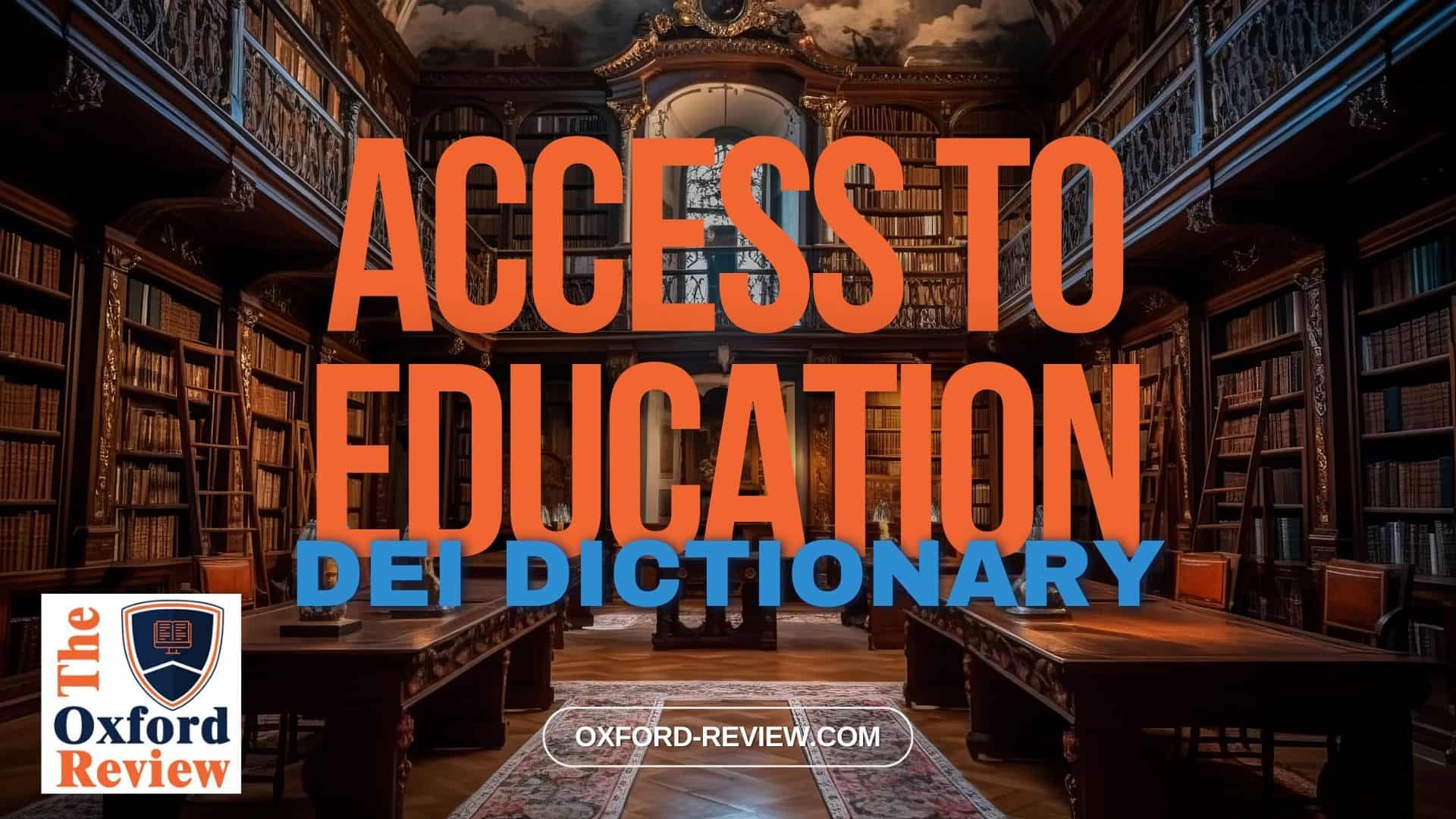Access to Education – Definition and Explanation

Unlocking Opportunities: Understanding Access to Education
In the realm of Diversity, Equity, and Inclusion (DEI), Access to Education stands as a cornerstone for fostering equality and empowerment. This fundamental concept revolves around ensuring that every individual, regardless of their background, socioeconomic status, or demographic characteristics, has the opportunity to obtain quality education on equal terms.
Definition:
Access to Education refers to the principle and practice of providing equal opportunities for learning and development to all individuals. It encompasses removing barriers that hinder participation in educational activities, such as economic constraints, discrimination, geographical isolation, or physical disabilities.
Importance:
Access to Education is crucial for breaking the cycle of poverty, promoting social mobility, and nurturing a diverse and inclusive society. It empowers individuals to realise their full potential, contribute meaningfully to their communities, and drive economic growth and innovation.
Key Components:
- Financial Accessibility: Ensuring that the cost of education, including tuition fees, textbooks, and other related expenses, does not pose a barrier to entry for individuals from disadvantaged backgrounds.
- Physical Accessibility: Making educational facilities, transportation, and resources readily available and accessible to individuals with disabilities or those residing in remote areas.
- Cultural and Linguistic Accessibility: Recognising and accommodating diverse cultural and linguistic backgrounds to create an inclusive learning environment where all students feel valued and represented.
- Equal Opportunity: Providing equitable access to educational opportunities, resources, and support systems regardless of race, gender, sexual orientation, religion, or socioeconomic status.
Example:
Consider a rural community where access to quality education is limited due to geographical barriers and inadequate resources. To address this challenge, a non-profit organisation partners with local schools to establish mobile learning units equipped with educational materials, internet connectivity, and qualified teachers. This initiative not only enhances access to education for students in remote areas but also promotes community engagement and empowerment.
Conclusion:
In conclusion, Access to Education is not just a fundamental right but also a catalyst for social justice and progress. By prioritising inclusivity and breaking down barriers to learning, we can create a more equitable society where every individual has the opportunity to thrive and contribute to the betterment of humanity.
References:
Lewin, K. M. (2009). Access to education in sub‐Saharan Africa: patterns, problems and possibilities. Comparative Education, 45(2), 151-174. https://www.tandfonline.com/doi/abs/10.1080/03050060902920518
Goodman, J., Melkers, J., & Pallais, A. (2019). Can online delivery increase access to education?. Journal of Labor Economics, 37(1), 1-34. https://www.journals.uchicago.edu/doi/abs/10.1086/698895
Lewin, K. M. (2007). Diversity in convergence: Access to education for all. Compare, 37(5), 577-599. https://www.tandfonline.com/doi/full/10.1080/03057920701582434
Be impressively well informed

Get the very latest research intelligence briefings, video research briefings, infographics and more sent direct to you as they are published
Be the most impressively well-informed and up-to-date person around...
